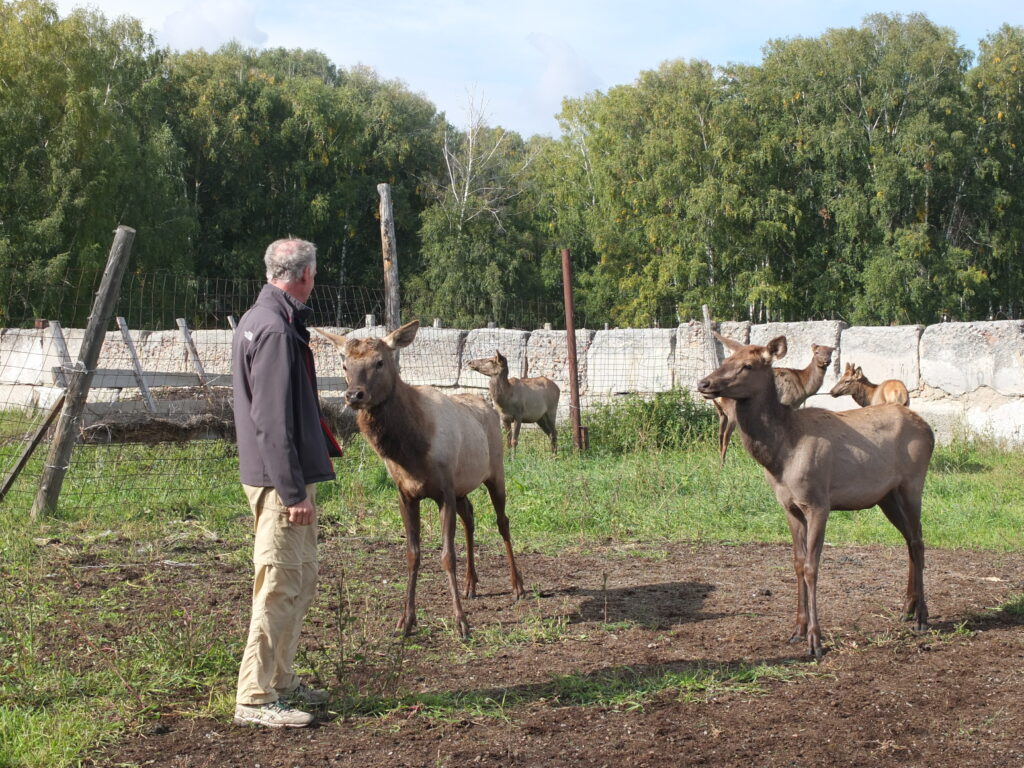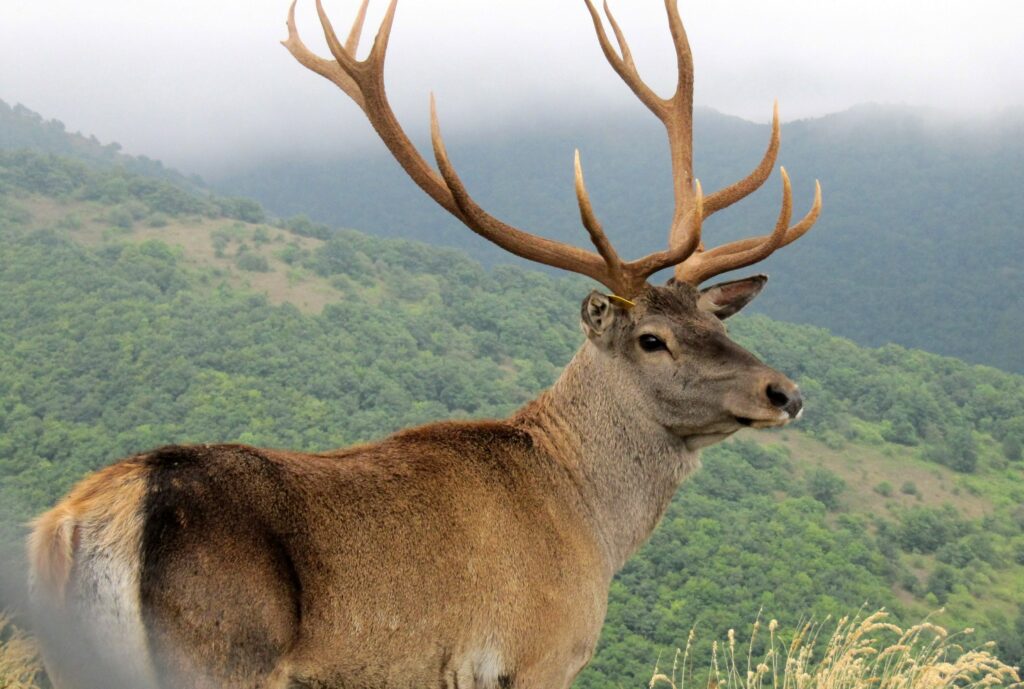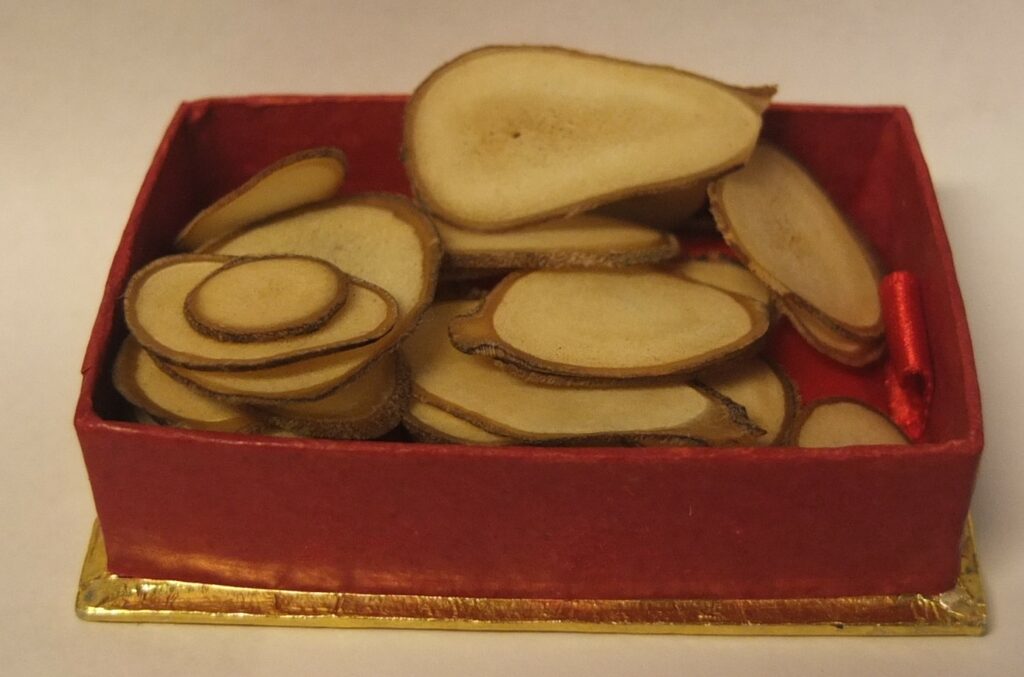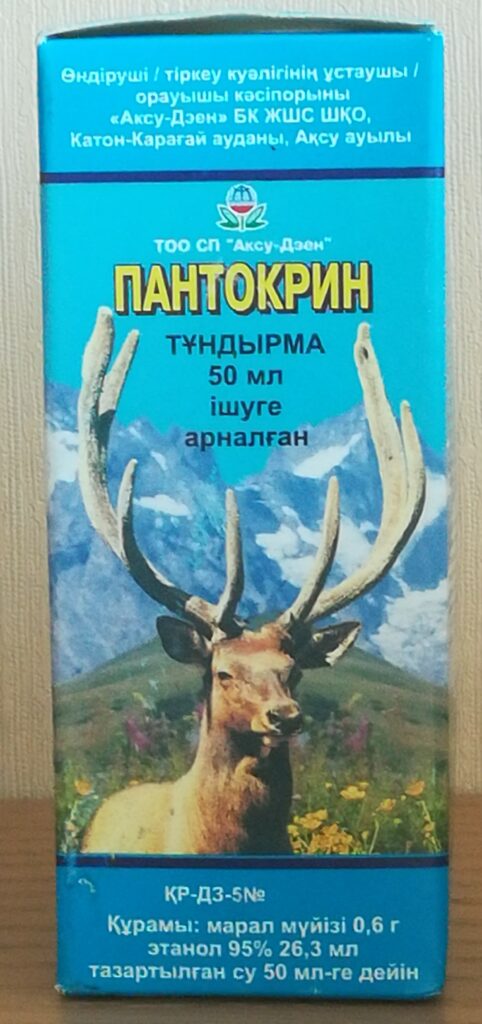Since the existence of humans (and probably even before that) we have been looking for natural ways to cure illnesses, to overcome disease and combat mental and physical problems with the help of our natural surroundings. Mainly we used plants, animals or minerals to help sick children, cure adult diseases and support weak and fragile elderly. There wasn’t a doctor, hospital or pharmacy around at that time.
Experience and knowledge about what works and what not, was transferred to the next generation. This is called folk medicine. It has been around for thousands of years and… it still works. It had to work, since there was nothing else, and if it would not have worked or would have caused problems, people would have discarded it and stopped using it a long time ago.
Folk medicine is proven by time, it is free or cheap and widely available. And it is only in the last decades that scientists have confirmed WHY and HOW it works, we already knew THAT it works. Scientists have discovered the mechanisms of action of the used folk medicines. But when you are sick, you are not interested how your cure works, you just want to get healthy again as soon as possible.
Unfortunately, many folk medicines have long been ridiculed by modern doctors and scientists. They were discredited as irrational, witch medicine, placebo, not effective or dangerous. Of course, since most of the education of these doctors is paid for and organized by the pharmaceutical industry which is based on patented, synthetical, very profitable substances.
One of the classics of folk medicine, I found especially useful. It is called Pantocrin.
There are many kinds of pantocrin products. I will highlight the ones I am familiar with.
In Kazakhstan, there is deer called the maral deer. This deer is very fond of the root of the plant Maral root or Rhaponticum carthamoides. As a matter of fact this deer uses the plant for itself as a power food and medication.
The antler of this male deer drops off every year, only to grow a bigger the year after.
For centuries the antler of this deer has been used for its quality to regenerate and regrow tissue in mammals. We know tissues in lower animals like amphibians can regenerate e.g. cut-off limbs, but not mammals. The antler can be cut into thin slices and used as a tea by pouring hot water on it and let it seep. It can also be ground into power and capsulated. Also it can be used in an alcoholic extract. Deer antler has been used for many centuries in Kazakhstan, China, Japan, Korea, Russia, New Zealand, and Finland (reindeer). Its main purpose is to recover in case of injuries and sickness. And to support or increase in cases where vitality is decreased, like in elderly.
In Kazakhstan there are even special farms and spas based on the use of pantocrin products for baths.
Some people use the whole of the antler, others only use the soft skin layer which covers the antler, called the velvet.
Now for us (coaches and athletes) pantocrin might be very interesting too. It can be used for recovery of elite athletes in case of injuries or overtraining. It will prepare and/or support recovery of the body from high training loads thus supporting performance. A lot of research has been done in this field. But unfortunately it is still the language barrier preventing most of us from getting adequate information. Translated research shows us that the antler contains growth factors and factors that promote the growth of stem cells.
Read more about products like this:
Rhaponticum carthamoides: https://helpingthebesttogetbetter.com/?p=2122
Mummyo: https://helpingthebesttogetbetter.com/?p=1721
Interested in Pantocrin, Mummyo or Rhaponticum? Just let me know.
Limited bibliography Pantocrin:
Abdo, John: Nature’s Ergogenic Phenomena: Pantocrin – Vetvet Deer Antler, 1993.
Zhang, Q; Lin, Q. et al.: Investigation of the biologically active substances from deer products; MOJ Food Process Technols. 2024;12(1):94‒96.
Kawtikwar, P.S; Bhagwat, D.A. et al.: Deer Antlers – traditional use and future perspectives; Indian J. of Traditional Knowledge; Vol.9. No2. April 2010 pg. 245-251.
Wu, F; Li, H. et al.: Deer antler base as a traditional Chinese medicine: A review of its traditional uses, chemistry and pharmacology; Journal of Ethnopharmacology 145 (2013) 403–415.
Sleivert, G; Burke, V; Palmer, C. et al.: The Effects of Deer Antler Velvet Extract or Powder Supplementation on Aerobic Power, Erythropoiesis, and Muscular Strength and Endurance Characteristics; Int.J.of Sport Nutrition and Exercise Metabolism, 2003, 13, pg. 251-265.





Thank you for bringing this to our attention. Any suggestions where to buy Pantocrin?